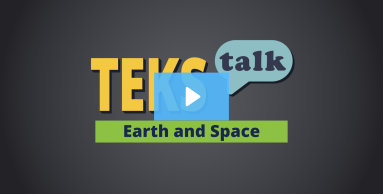- Science
- Grade 7
- Earth and space
Science.7.10.A

Knowledge and Skills Statement
Research
Smith, Michael J., and John B. Southard. “Exploring the Evolution of Plate Tectonics." Science Scope 25, no. 1 (2001): 46–49. http://www.jstor.org/stable/43179822
Summary: The history of the first explanations for plate tectonics is detailed in the article "Exploring the Evolution of Plate Tectonics, " laying the foundations for the current understanding of the movement of the lithosphere. Students are given tasks to explore the ideas of fossil evidence and superposition.
Research
Blank, Lisa M.; Mike Plautz, Heather Almquist, Jeff Crews, and Jen Estrada. “Using Google Earth to Teach Plate Tectonics and Science Explanations.” Science Scope 35, no. 9 (July 2012): 41–48. http://www.jstor.org/stable/43184740
Summary: This article highlights the use of modern technology to teach plate tectonics. The first part of the article explains how to use the technology and the second part of the article gives an example of how to teach the concept by using the strategy of claims evidence reasoning.
